Welcome to the Ho Chi Minh Museum, a place where history comes alive and the legacy of one of Vietnam’s greatest leaders is celebrated. Located in the Hanoi capital, Vietnam, this museum is dedicated to the life and achievements of Ho Chi Minh, an instrumental figure in the Vietnamese independence movement and the first President of Vietnam. In this comprehensive guide, we will explore the various facets of this museum, its exhibits, and its significance in preserving the rich heritage of Vietnam.

The Life and Leadership of Ho Chi Minh
The Early Years: From Humble Beginnings to Revolutionary Ideals
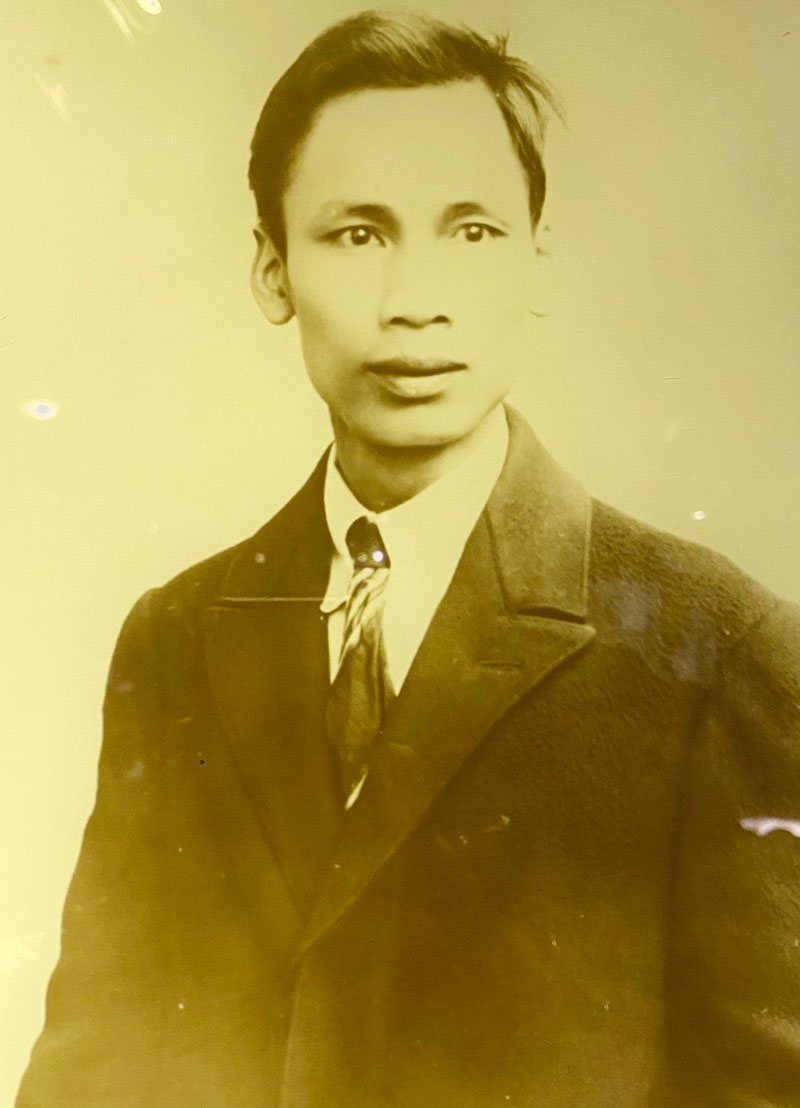
Ho Chi Minh, originally named Nguyen Sinh Cung, was born on May 19th, 1890, in the small village of Kim Lien, Nghe An Province. From an early age, he displayed a keen interest in the political landscape of his country and a deep compassion for the Vietnamese people. As a young man, Ho Chi Minh traveled extensively, embracing various ideologies and movements that advocated for independence and equality. It was during his time abroad that he adopted the pseudonym “Ho Chi Minh,” meaning “Bringer of Light,” and embarked on a lifelong journey devoted to liberating Vietnam from foreign domination.
Founding the Communist Party of Vietnam and Liberation Movements
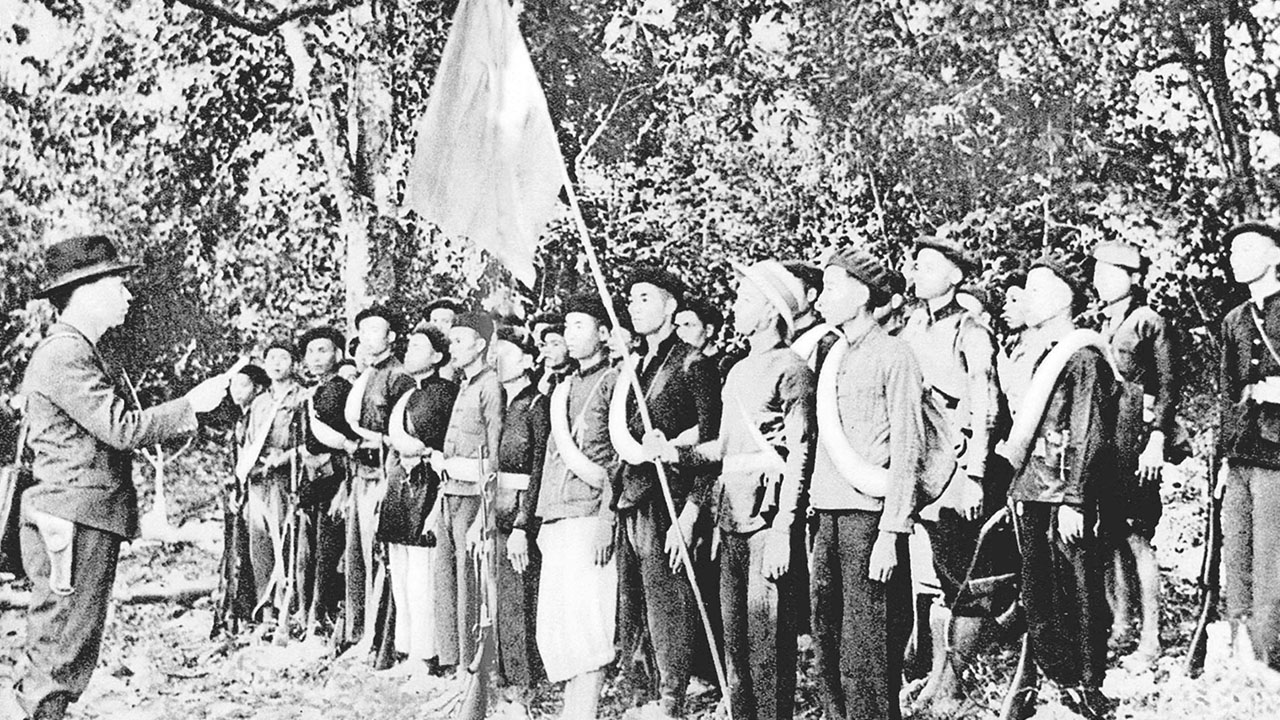
The year 1930 marked a significant turning point in the life of Ho Chi Minh, as he played a pivotal role in establishing the Communist Party of Vietnam (CPV). Ho Chi Minh’s ability to unite factions under a common cause, along with his unwavering commitment to independence, inspired a wave of Liberation movements across Vietnam. Through his tireless efforts, he galvanized the Vietnamese people, urging them to rise against colonial powers and fight for their freedom.
Ho Chi Minh’s Leadership During the Vietnam War
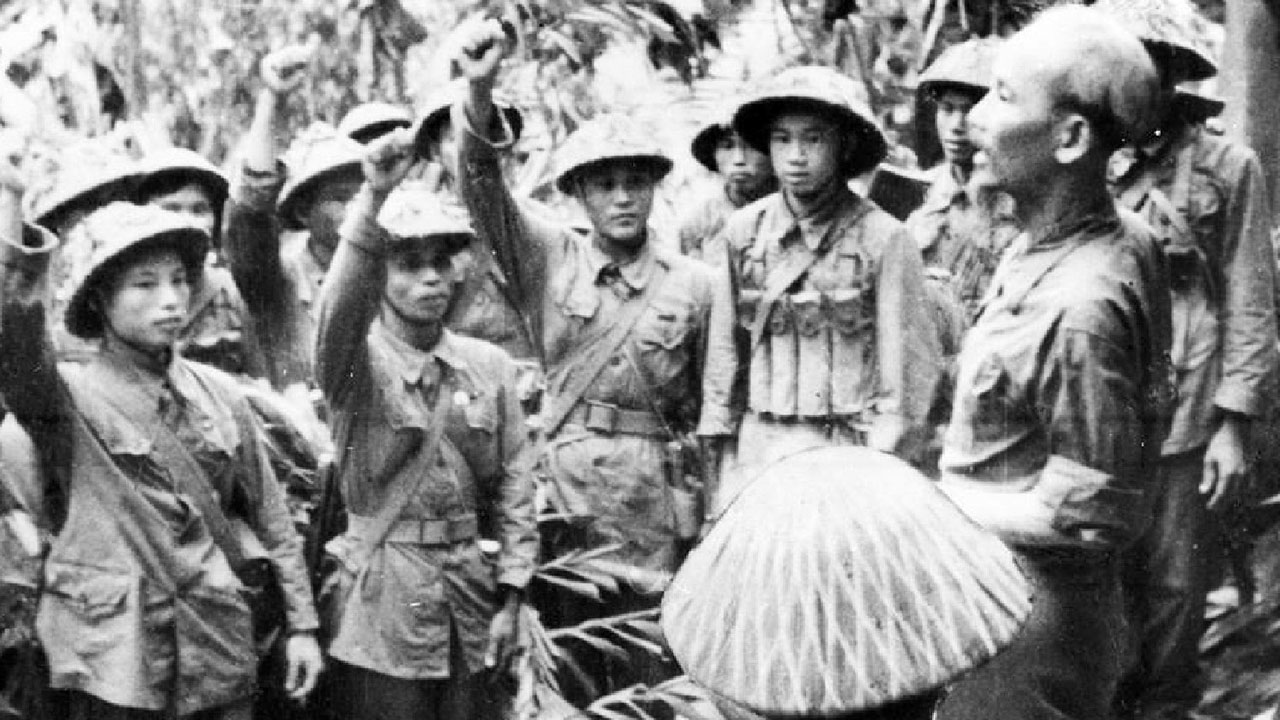
As the Vietnam War loomed, Ho Chi Minh’s leadership came to the forefront. Despite his advancing age, he continued to inspire the Vietnamese people and provide strategic guidance throughout the conflict. His ability to mobilize troops, implement strategic maneuvers, and unite the North and South regions under a common cause played a crucial role in Vietnam’s eventual victory.
Ho Chi Minh Museum: A Glimpse into the Life of a Revolutionary
Ho Chi Minh Museum takes visitors on a mesmerizing journey through the life and accomplishments of Ho Chi Minh. From his early days as a revolutionary to his leadership in the struggle for independence, this museum provides a deep insight into the man behind the legend. Let’s delve into some of the key aspects that make this museum a truly remarkable destination.
Architecture: Marrying Tradition and Modernity
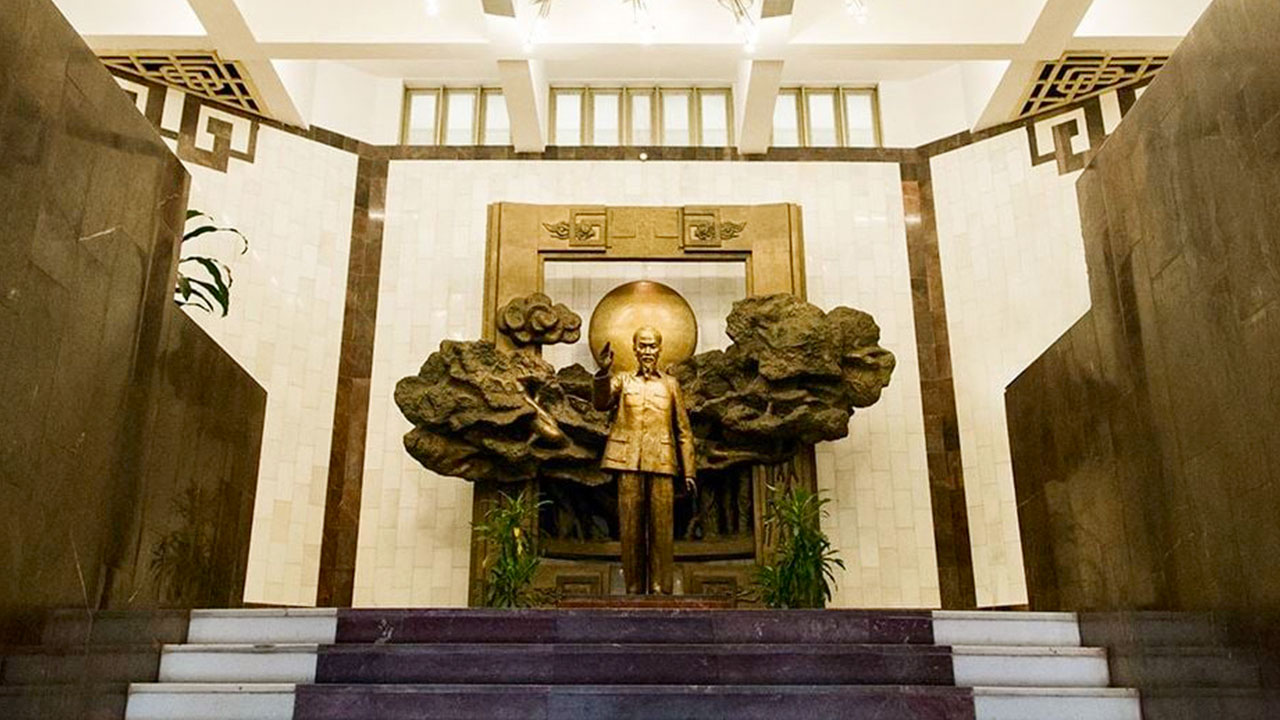
The Ho Chi Minh Museum is housed in an awe-inspiring modern building that beautifully reflects the revolutionary spirit and ideology of Ho Chi Minh. The architecture itself is a testament to the harmonious blend of tradition and modernity. The design incorporates elements of Vietnamese culture and historical symbolism, creating a visually stunning structure that captures visitors’ attention from afar.
Permanent Exhibits: Unveiling the Life of Ho Chi Minh
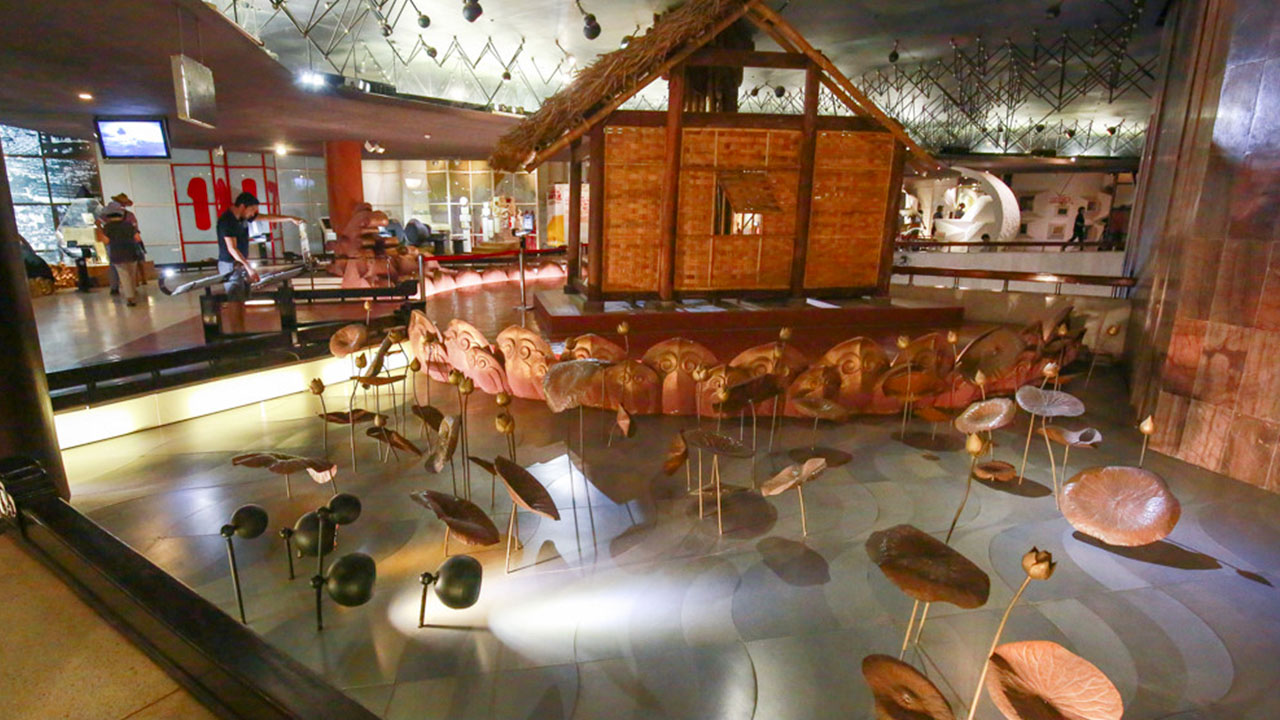
The museum showcases a vast collection of exhibits and artifacts that provide visitors with a comprehensive understanding of Ho Chi Minh’s life and contributions. These exhibits are meticulously curated to offer an immersive experience, taking visitors on a journey back in time.
a. Personal Belongings: Treasures from the Past
One of the highlights of the museum is the display of Ho Chi Minh’s personal belongings. From his clothing and accessories to his treasured possessions, these artifacts offer a rare glimpse into the private life of this influential leader. Visitors can marvel at his simple attire, symbolic of his dedication to the people, as well as his personal effects, which reveal his daily routines and preferences.
b. Photographs: Capturing Moments in History
Photographs play a crucial role in documenting historical events and preserving memories. The museum boasts an extensive collection of photographs that depict key moments in Ho Chi Minh’s life. These images not only provide visual insights into his journey but also serve as a window into the broader historical context in which he lived and worked.
c. Documents and Letters: Chronicles of a Leader
To truly understand the impact of Ho Chi Minh’s leadership, one must delve into the extensive collection of documents and letters on display at the museum. These precious artifacts shed light on the challenges he faced, the strategies he employed, and the vision he had for a united and independent Vietnam. Reading his words and understanding his thoughts through these documents offers a profound connection with the man himself.
Interactive Displays: Engaging the Senses
The Ho Chi Minh Museum goes beyond the traditional museum experience by incorporating interactive displays that engage visitors on multiple levels. These interactive exhibits allow for a more immersive and educational journey, ensuring that the legacy of Ho Chi Minh lives on in the hearts and minds of all who visit.
a. Multimedia Presentations: Bringing History to Life
Through the use of multimedia presentations, the museum brings history to life in a captivating and interactive manner. Visitors can watch videos, listen to audio recordings, and engage with digital content that supplements the exhibits, providing a deeper understanding of the historical events and the impact of Ho Chi Minh’s leadership.
b. Informative Panels: The Story Unfolds
Informative panels are strategically placed throughout the museum, offering detailed explanations of the exhibits and the historical significance behind them. These panels provide context, ensuring that visitors can fully appreciate the significance of each artifact and its connection to Ho Chi Minh’s journey.
c. Hands-on Activities: Learning Through Participation
For a truly hands-on experience, the museum offers various activities that allow visitors to actively engage with the exhibits. From interactive games to art workshops, these activities provide a unique opportunity to learn, create, and connect with the rich history of Vietnam.
Temporary Exhibitions and Cultural Events: Celebrating Vietnamese Heritage
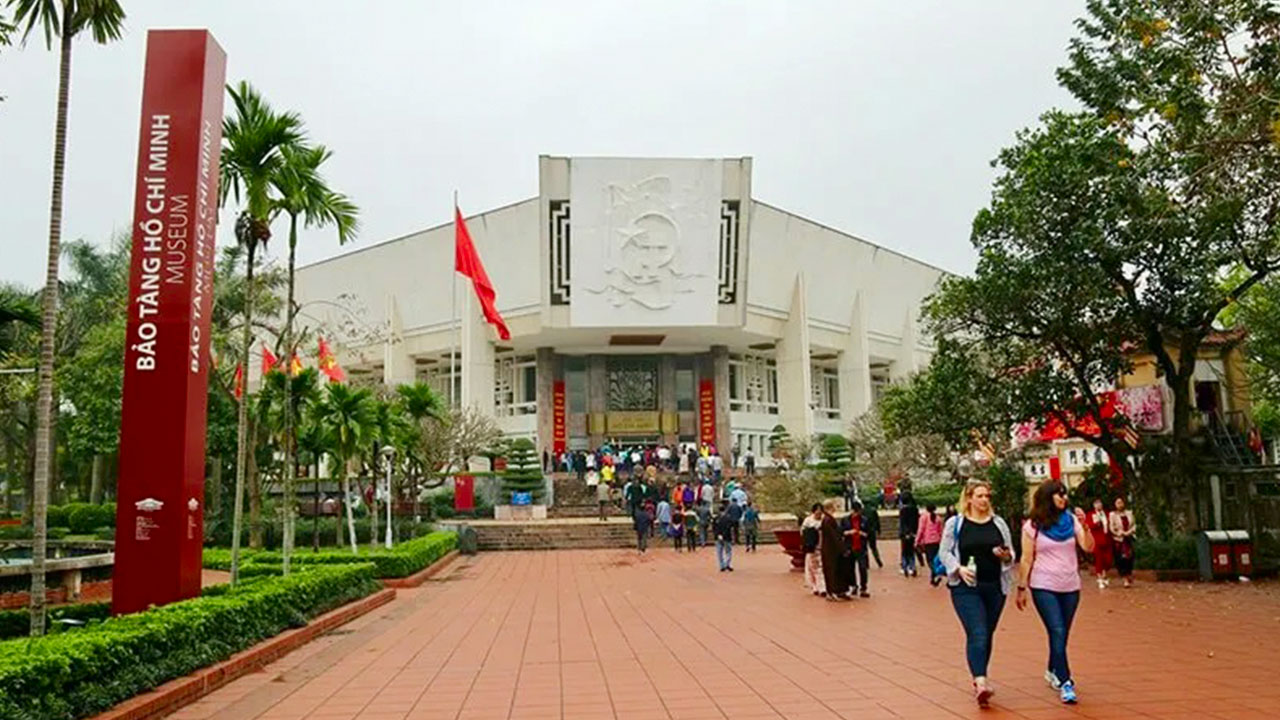
In addition to its permanent exhibits, the Ho Chi Minh Museum hosts a range of temporary exhibitions and cultural events throughout the year. These events further promote the study and appreciation of Ho Chi Minh’s legacy, as well as the broader cultural heritage of Vietnam.
a. Temporary Exhibitions: Exploring New Narratives
The museum regularly curates temporary exhibitions that explore different facets of Ho Chi Minh’s life and the historical context in which he operated. These exhibitions offer fresh perspectives and delve deeper into specific themes or periods, providing visitors with a more comprehensive understanding of this iconic figure.
b. Educational Programs: Nurturing Young Minds
The museum is committed to educating future generations about the importance of Ho Chi Minh’s contributions to Vietnam’s history. With a range of educational programs tailored to different age groups, students can embark on guided tours, participate in workshops, and engage in interactive learning experiences that bring history to life.
c. Cultural Events: Showcasing Vietnamese Traditions
To celebrate the vibrant culture of Vietnam, the museum organizes cultural events that showcase traditional music, dance, and art forms. These events create a lively and immersive atmosphere, allowing visitors to experience firsthand the rich heritage of Vietnam.
FAQs
Q: What are the opening hours of the Ho Chi Minh Museum?
A: The museum is open from [insert opening hours]. It is advisable to check the official website for any updates or changes before planning your visit.
Q: Is there an entrance fee for the museum?
A: Yes, there is an entrance fee to visit the Ho Chi Minh Museum. The fee varies depending on the visitor’s age and nationality. It is recommended to check the official website for the latest pricing information.
Q: Are guided tours available at the museum?
A: Yes, guided tours are available at the museum. These tours offer a more in-depth understanding of the exhibits and the historical context surrounding Ho Chi Minh’s life. Visitors can opt for guided tours in different languages, ensuring a comprehensive experience for all.
Q: Can I take photographs inside the museum?
A: Yes, photography is allowed inside the museum, with the exception of certain designated areas. However, please be mindful of other visitors and avoid using flash photography, as it may damage the artifacts.
Q: Is the museum accessible for individuals with disabilities?
A: Yes, the Ho Chi Minh Museum is designed to be accessible for individuals with disabilities. The building features ramps and elevators for easy navigation, and staff members are available to assist visitors with special needs.
Q: Are there any nearby attractions to visit after exploring the museum?
A: Yes, there are several nearby attractions that are worth exploring after visiting the museum. These include [list nearby attractions and their brief descriptions].
Conclusion
The Ho Chi Minh Museum is more than just a museum; it is a testament to the indomitable spirit of a nation and the remarkable journey of Ho Chi Minh. Through its exhibits, interactive displays, and cultural events, the museum offers a comprehensive understanding of Vietnam’s struggle for independence and its post-colonial development. A visit to the Ho Chi Minh Museum is an enriching experience that immerses visitors in the history, culture, and legacy of one of Vietnam’s most influential leaders. So plan your visit today and embark on a journey through history like no other.


